George Washington Carver is a famous American botanist and inventor. Known as the “Plant Doctor,” he loved plants since he was a child. He had his own garden where he studied different plants and soil that helped him later in life to solve many farmer’s problems. One of his best solutions that he is mostly known for is the plant rotation with peanuts.
He helped farmers to have better soil and grow different plants to maximize profit. With this, he contributed to the progress of the Southern economy. He presented the farmer’s needs in front of Congress, which made him a public figure who many asked for advice.
Thanks to all his research, today there is a museum and monument in his honor, and he is introduced in the National Inventors Hall of Fame. Read below to find out more about Carver!
1. He Was Born Into Slavery
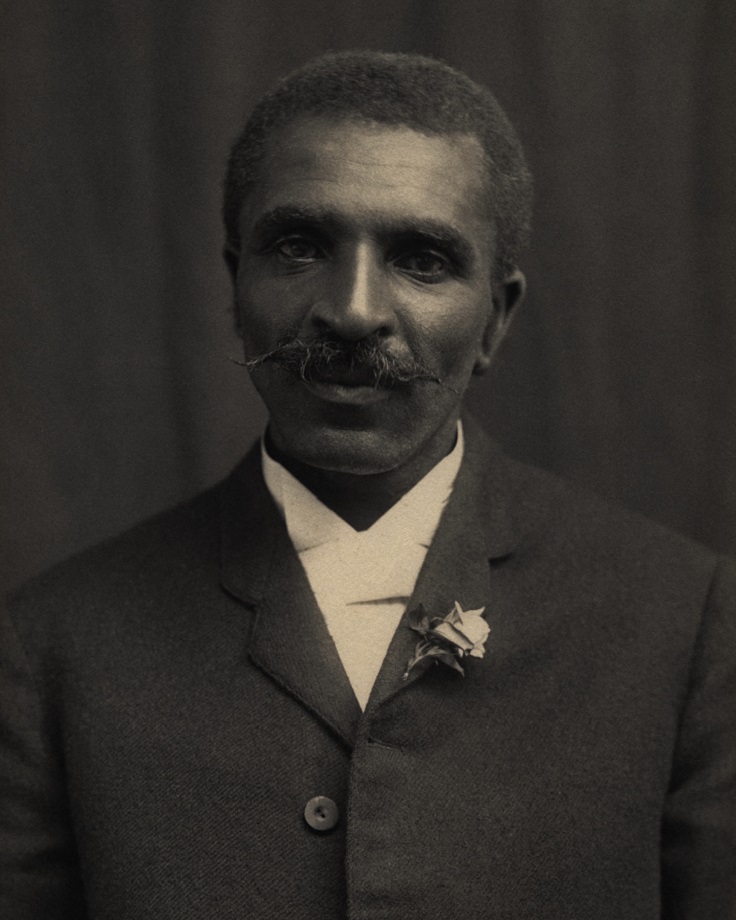
via wikiwand.com
When exactly this incredible inventor was born, he was born during the Civil War sometime between 1861 and 1864 in Diamond, Missouri. His mother was a slave who belonged to Moses and Susan Carver. When Carver was one week old, he, together with his mother and brother, were kidnapped by night raiders who planned to sell them as slaves. Moses tried to find them, but he only found George and his brother James, and to bring them back, he had to reward the raiders. Soon the slavery was abolished, but Moses and his wife decided to keep the children and treat them as their own, so they taught them to read and write and took good care of them.
2. He Was Known as the “Plant Doctor.”
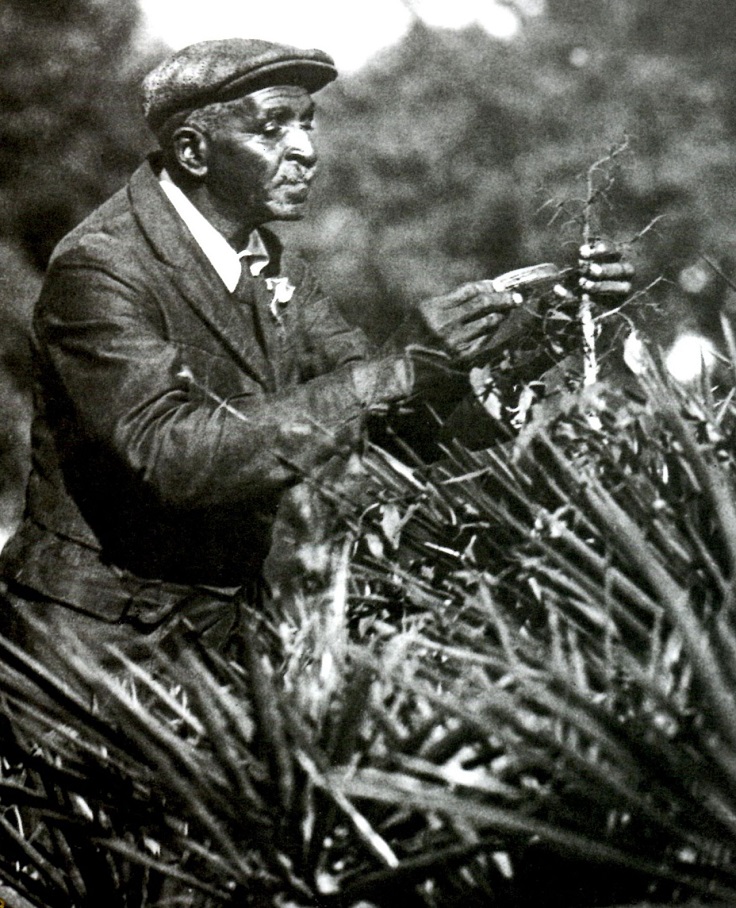
Carver had poor health when he was a child, and because of that, he was left doing the household chores and the gardening. This situation gave him enough time to wander around and admire nature. Eventually, his love for plants grew stronger, so he came up with his own secret garden where he grew different kinds of plants and studied them, including the soil. He got so good at this that people came up to him looking for advice, and many times, they left their sick plants in his garden. Carver took care of them until the plants were healthy again, and then the owners were taking them back. This is how George Washington Carver got his nickname – “The Plant Doctor.”
3. He Was a Good Painter
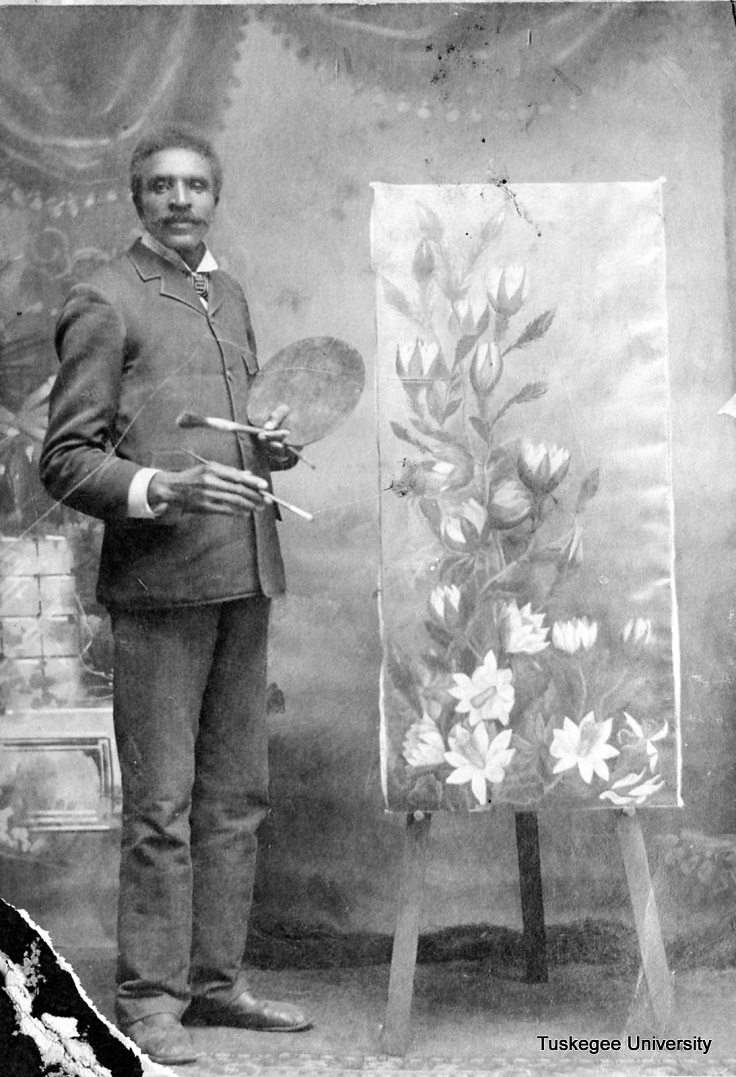
via 192.203.127.197
George Washington Carver not only knew plants and soils, but he also knew how to paint. He learned to draw and paint when he was a child as well. As a student, he took art and piano classes at Simpson College in Indianola, Iowa. Most of the time, he was painting flowers and plants, and soon, his talent was recognized. His art teacher saw his paintings and encouraged him to continue with botanical studies. Even though he did go on with botanical and agricultural classes, Carver continued with painting and even exhibited his artworks at the World’s Fair in 1893.
4. He Was the First African American in Iowa State University
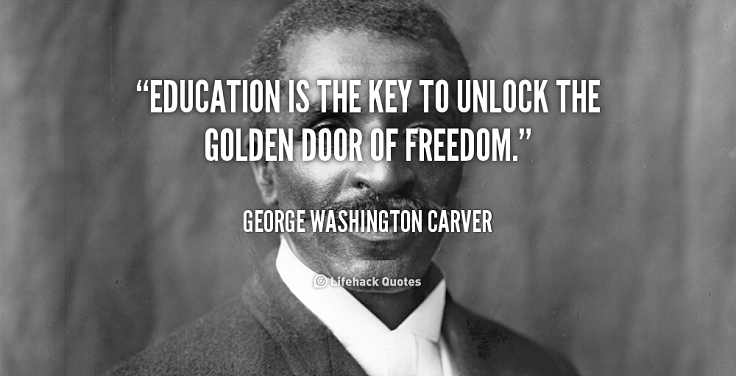
via quotesgram.com
Carver always craved for proper education. He left his home when he was 13 and continued his studies in Fort Scott, Kansas. Unfortunately, soon after he moved in, he witnessed a murder of an African American, and he left the city in search of a better place. With a bank loan, he started his art and piano classes at Simpson College. Still, after he was encouraged by his art teacher, he decided to pursue his dream career – studying agriculture. In 1891 he was accepted at the Iowa State Agricultural College (or today is known as Iowa State University). That made him the first African American that ever attended classes at the college. After he graduated, he also continued his master’s there and then ended up as him being the first African American professor at the college.
5. His Knowledge Improved the Southern Economy
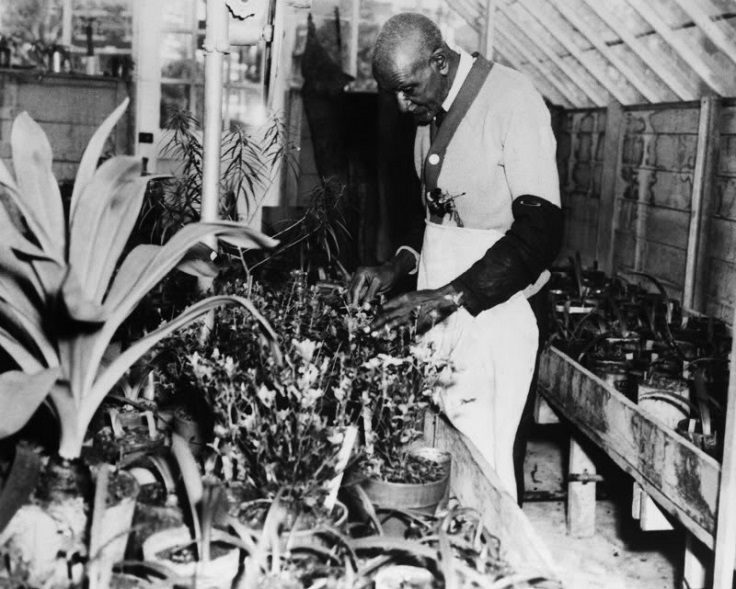
The Southern economy was mostly based on cotton production back then. Most of the families earned their money by producing cotton, and they faced two problems: the cotton exhausts all the soil’s nutrients, and because of that, they could no longer grow cotton or anything else, and the second problem was the boll weevil, which ate the cotton and destroyed the crops. Carver came up with a solution: peanuts. He told the farmers to do crop rotation – one year to grow cotton and grow peanuts and other soil restoring plants such as peas and sweet potatoes. The peanuts would keep the soil rich in nutrients because they are rich in protein. The farmers listened to his advice, and it was very successful.
6. He Invented More Than 300 Peanut Products
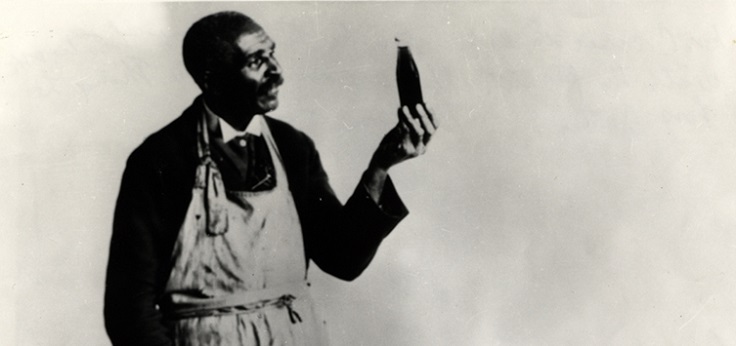
After the farmers listened to his advice and started growing peanuts, suddenly there were too many of them, so the farmers were worried if they’re going to sell them at all. Carver had a solution even for this. To help the farmers sell more peanuts, he came up with more than 300 products made of peanuts! He also thought that it would be a good idea if the farmers get more self-sustaining. Carver isn’t the inventor of peanut butter, but that’s one of the products on his list that got really popular. Besides this, he came up with peanut flour, chocolate-coated peanuts, peanut chili sauce, peanut flakes, peanut sprouts, peanut tofu sauce; peanuts used for the production of paper, shampoo, soap, face powder, shaving cream, and hundreds of other products. However, most of these products aren’t used nor produced.
7. He Became “The Peanut Man” Too
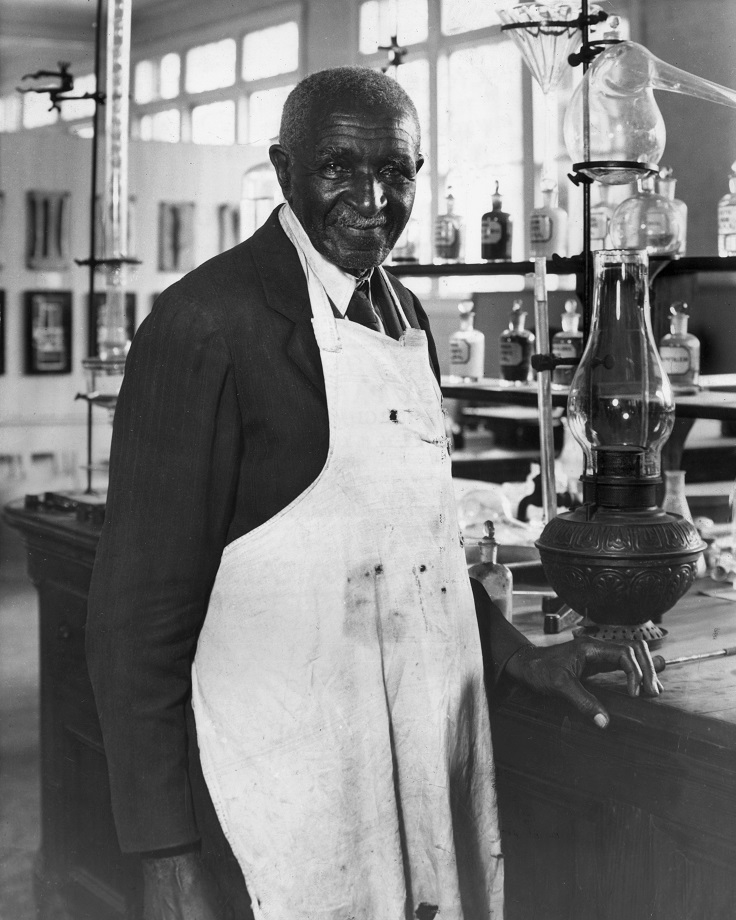
via teacher.scholastic.com
After he successfully helped hundreds of families in the South, he became quite known for his contribution to the economy’s progress and the better farming he introduced. In 1922 he was asked to represent a tariff’s needs in the peanut industry, so he accepted that challenge and stood in front of Congress. Back then, it was uncommon for African Americans to appear there, especially as experts, so when Carver started his speech, many didn’t even listen to him. However, he caught everyone’s attention thanks to his knowledge, experience, and successful plant methods and research. After this, George Washington Carver became a public figure and got the nickname “The Peanut Man.”
8. He Advised Public Figures
After his proposal to Congress, Carver earned himself respect, and many people came to ask for advice from him. One of these people is Mahatma Gandhi, who wanted to know how to help Indian people when facing hunger. Carver advised him and sent him his agricultural bulletins. American Presidents Theodore Roosevelt, Calvin Coolidge, and Franklin Roosevelt met with him, and the Crown Prince of Sweden studied with him for few weeks. Carver also became good friends with Henry Ford, who built an elevator in his dormitory when Carver’s health weakened. Carver had his own column in agricultural journals, known as “Professor Carver’s Advice.”
9. He Published His Own Work
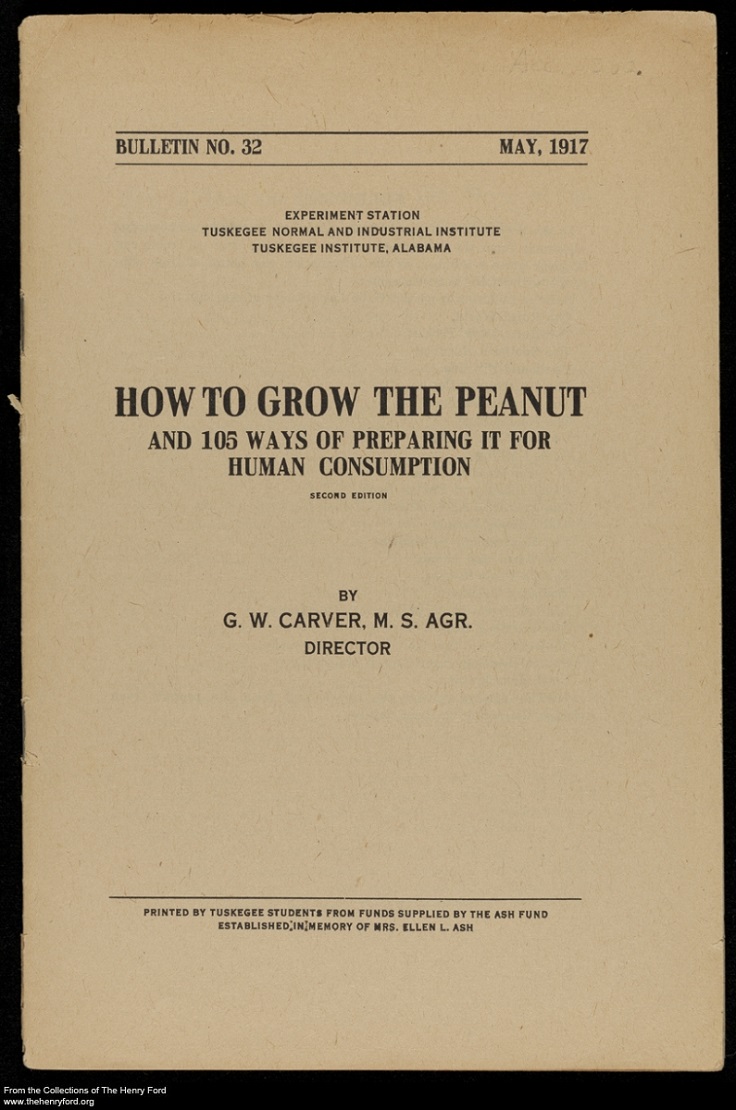
via wilsonjracademy.wikispaces.com
During his teaching at the Tuskegee Institute for 47 years, Carver published 44 bulletins covering agricultural topics. The most popular of all of them is How to Grow the Peanut and 105 Ways of Preparing it for Human Consumption, which was published in 1912 and introduced the farmers to the peanut crop plantations peanut recipes. Even though this wasn’t the first bulletin covering peanut production, it was certainly the most popular. His other works include bulletins advising on growing sweet potatoes, cotton, tomatoes, corn, poultry, etc.
10. There’s a National Monument Named After Him
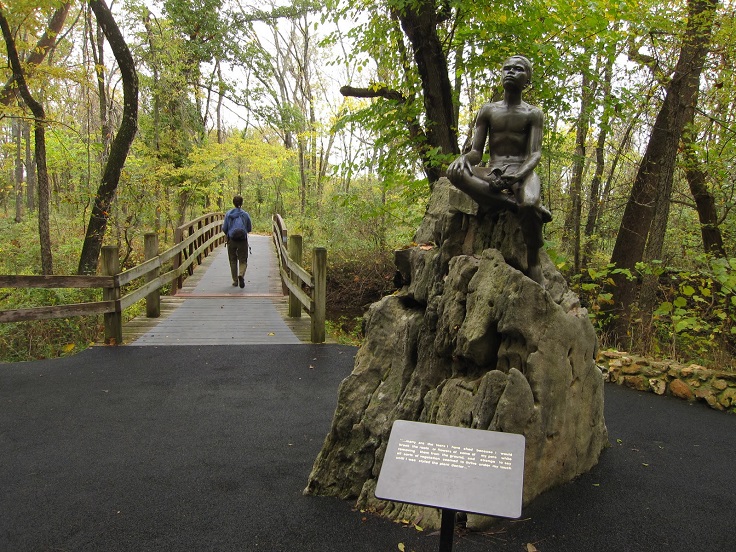
via taylorlenz.com
In the woods in Missouri, where he used to wander as a child, today there is a monument that represents him as a small boy in the woods, which makes him the first African American to have a monument named after him. In Austin, Texas, the George Washington Carver Museum and Cultural Center, where visitors can see his research and works, including the paintings. But, the respect towards this inventor and great botanist doesn’t stop here. In 1977 he was elected to the Hall of Fame for Great Americans, and in 1990, he was introduced to the National Inventors Hall of Fame. History will never forget this incredible man!

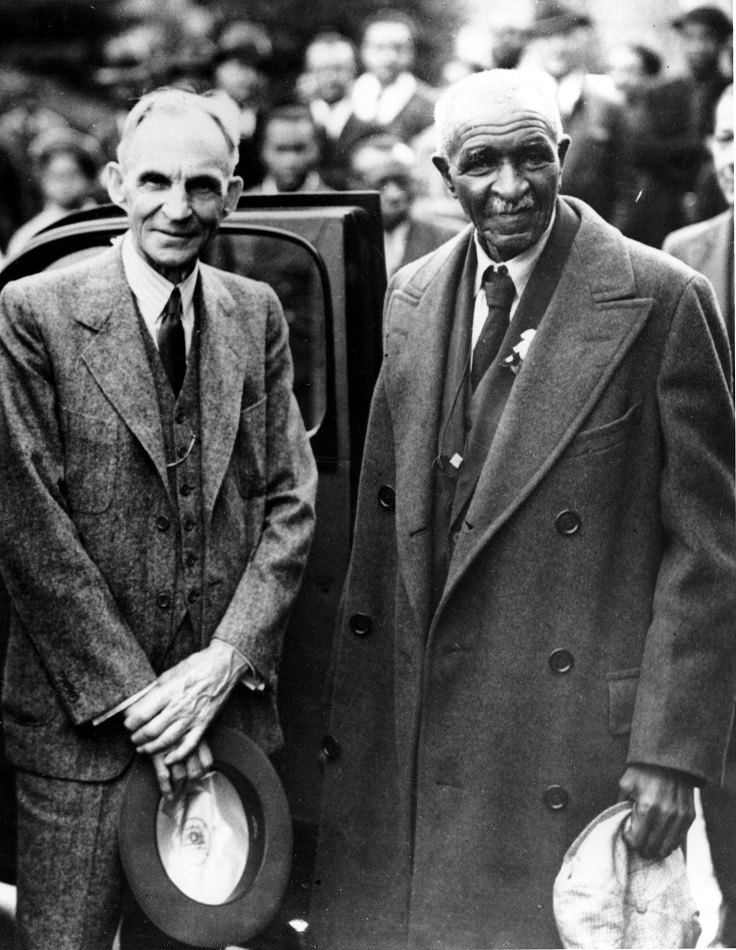



The Major excerpt’s of Carver’s Life needs to be made known to the BLM, who are destroying the accomplishment’s of men like Carver and others.